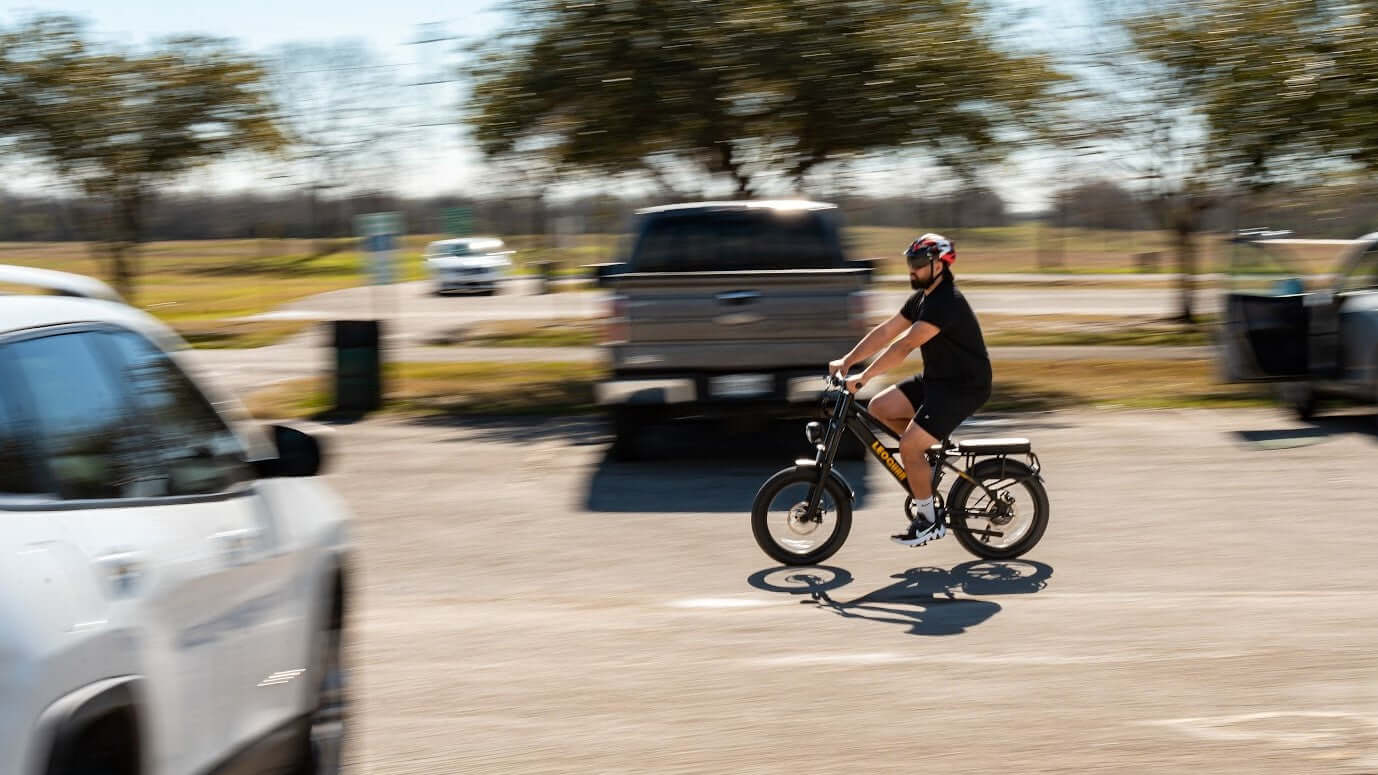
The Power of CAN Bus in Electric Bikes: Boosting Performance and Reliability
As electric bikes (eBikes) continue to soar in popularity, riders are demanding more advanced features and higher performance from their bikes. Traditional communication methods, like PWM and UART, simply can't keep up with the sophisticated technology used in modern eBikes. That's where CAN Bus comes in. Known for its reliability, strong interference resistance, and scalability, CAN Bus is quickly becoming the top choice for high-end electric bikes. In this article, we'll dive into how CAN Bus works in eBikes and why it’s becoming a game-changer in the industry.
What is CAN Bus?
The Controller Area Network (CAN) Bus is a serial communication protocol commonly used in automotive, industrial, and now electric bike applications. Developed by Bosch in the 1980s, CAN Bus is designed to enable efficient data exchange between electronic control units (ECUs). Here’s why it’s ideal for eBikes:
-
High Reliability: CAN Bus uses differential signal transmission, which makes it resistant to electromagnetic interference, ensuring stable communication in any environment.
-
Multi-Master System: Multiple nodes can send data simultaneously, which helps prevent system failures and keeps everything running smoothly.
-
Real-Time Data Transfer: CAN Bus ensures critical data gets priority, so important information is transmitted quickly and efficiently.
-
Easy to Scale: Adding new components or systems is a breeze, making it adaptable to different eBike needs.
These features make CAN Bus the perfect solution for the complex electronics in modern electric bikes.
The Electronic System Architecture of Electric Bikes
Modern electric bike (eBike) electronic systems typically consist of the following core components:
-
Motor Controller: Controls the motor's speed and torque.
-
Battery Management System (BMS): Monitors the battery's status (charge, temperature, health).
-
Display: Shows information like speed, battery level, and riding mode.
-
Sensors: Includes torque sensors, speed sensors, cadence sensors, and more.
-
Smart Modules: Features like GPS, Bluetooth, and anti-theft systems.
Traditional eBikes use point-to-point communication methods (like PWM and UART) or analog signals. However, as features have expanded, issues such as complex wiring, poor interference resistance, and upgrade difficulties have become more apparent. CAN Bus effectively solves these problems.

The Application of CAN Bus in Electric Bikes
Efficient Communication Between the Motor Controller and BMS
-
Traditional Method: The motor controller and BMS communicate using analog voltage signals or simple digital protocols, which are prone to interference and offer limited data transfer.
-
CAN Bus Solution: The BMS can send real-time data, such as battery voltage, current, and temperature, to the motor controller. This allows for dynamic adjustments to the motor output based on battery status, improving energy efficiency and extending battery life.
Interaction Between the Smart Display and Multiple Devices
-
Traditional Method: The display can only show basic information with limited functionality.
-
CAN Bus Solution: The display can receive rich data from the motor, BMS, and sensors, allowing for advanced features such as navigation, fault diagnosis, and over-the-air (OTA) updates.
Sensor Data Integration
Torque sensors, cadence sensors, and other sensors transmit data via CAN Bus, allowing the motor to respond more precisely, improving the overall riding experience.
Scalability and Smart Features
CAN Bus supports modular design, making it easy to integrate features like GPS, anti-theft systems, and smartphone connectivity, fulfilling the needs of high-end electric bikes.
Why CAN Bus is Better Than Traditional Communication Methods
| Feature | Traditional Methods (PWM/UART) | CAN Bus |
| Interference Resistance | Weak, easily disrupted | Strong (differential signals) |
| Wiring Complexity | High, lots of wires needed | Low, only two wires required |
| Data Speed | Slow (under 100kbps) | Fast (up to 1Mbps) |
| Scalability | Limited, hard to add new devices | Great, easily supports new nodes |
| Real-Time Performance | Moderate | High, prioritizes critical data |
| Fault Diagnosis | Difficult | Built-in error detection and recovery |
Key Benefits of CAN Bus for Electric Bike Performance
Stronger Interference Resistance for a Smoother Ride
When riding an electric bike in tough conditions, such as rainy weather or areas with strong electromagnetic interference, CAN Bus’s differential signals help reduce noise and ensure stable communication.
Simplified Wiring for a Lighter, More Reliable eBike
Traditional communication systems often require complex wiring, but CAN Bus only needs two wires (CAN_H and CAN_L), which reduces weight and decreases failure rates.
-
OTA Updates: With CAN Bus, manufacturers can remotely update the firmware, fix bugs, and add new features.
-
Smart Diagnostics: The system can monitor each module’s status in real time, offering early warnings for potential issues like battery overheating or motor overload.

Real-World Applications of CAN Bus in High-End Electric Bikes
Bosch eBike System
Bosch has adopted CAN Bus in its high-performance eBike drive systems, allowing for seamless communication between the motor, battery, and display. This system supports multiple riding modes (Eco, Tour, Sport) and optimizes energy efficiency.
Specialized Turbo Series
Specialized’s Turbo eBikes use CAN Bus to connect the motor, BMS, and smart display, providing riders with precise power assistance control and valuable riding data.
Chinese Brands Adopting CAN Bus
Several top-tier domestic eBike brands in China, such as Yadea and Niu, are incorporating CAN Bus technology to boost their competitiveness and meet the growing demand for advanced features.
Future Trends of CAN Bus in Electric Bikes: What’s Next?
The Rise of CAN FD
CAN FD (Flexible Data Rate) is an upgraded version of CAN, offering higher data transmission speeds (up to 5Mbps). This technology could be used in future smart eBikes that require large amounts of data, such as those equipped with 360° panoramic displays or advanced driver-assistance systems (ADAS).
Integration with V2X
By using CAN Bus, electric bikes could connect to smart transportation systems, enabling vehicle-to-vehicle (V2V) or vehicle-to-infrastructure (V2I) communication. This could enhance safety by providing real-time data exchange between eBikes and other vehicles or traffic systems.
Lower Power Consumption
For smaller eBikes, low-power CAN (CAN LP) could become the next step, helping extend battery life while maintaining efficient communication across the system.
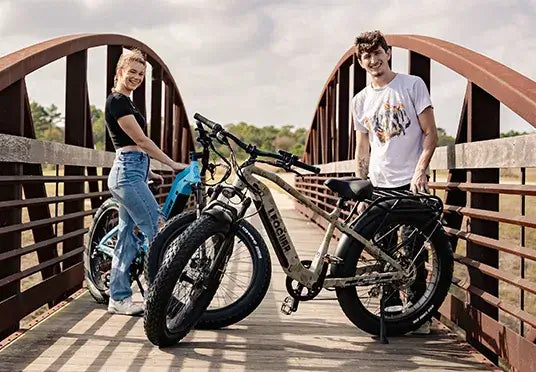
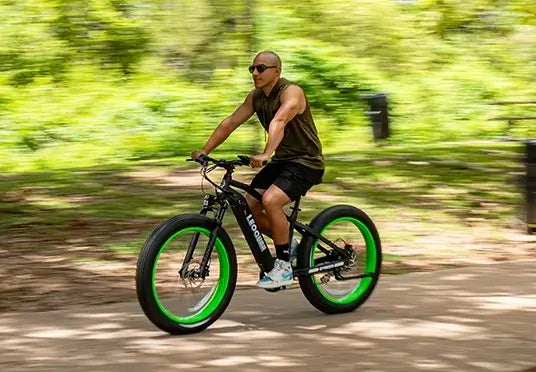
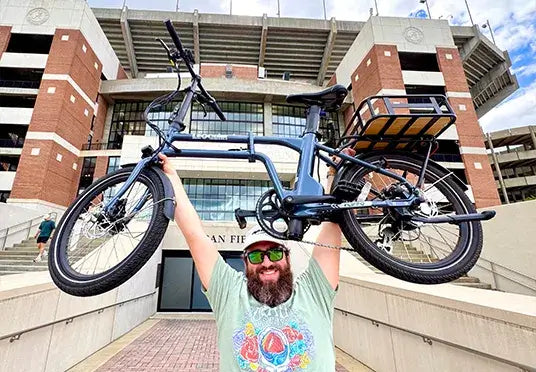
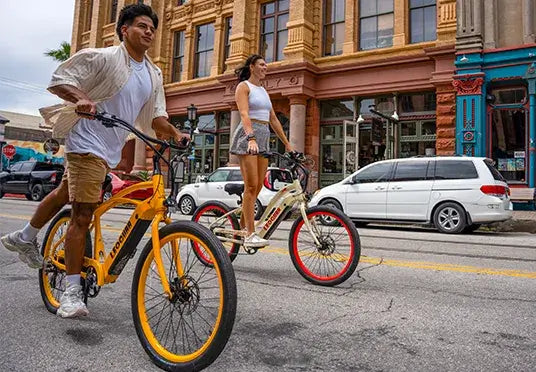
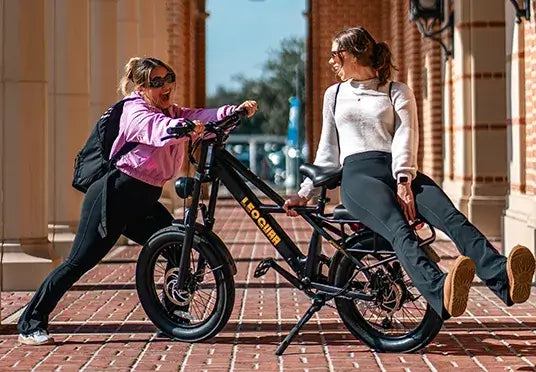
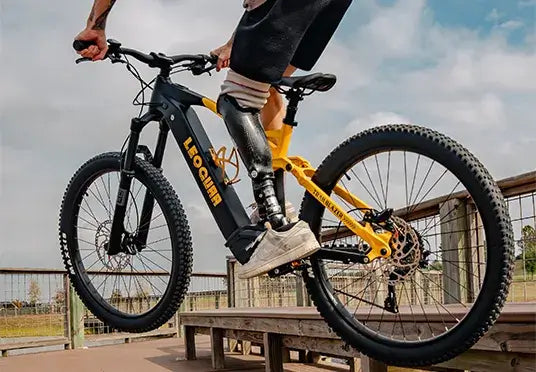


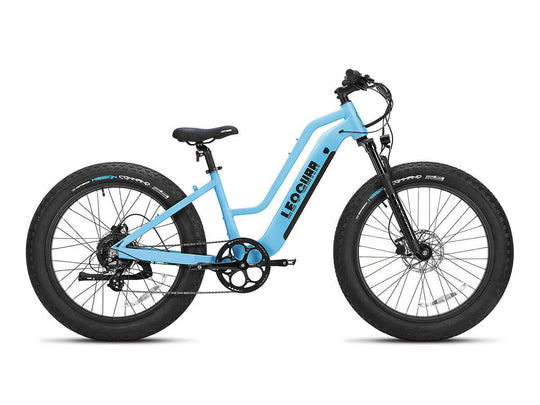

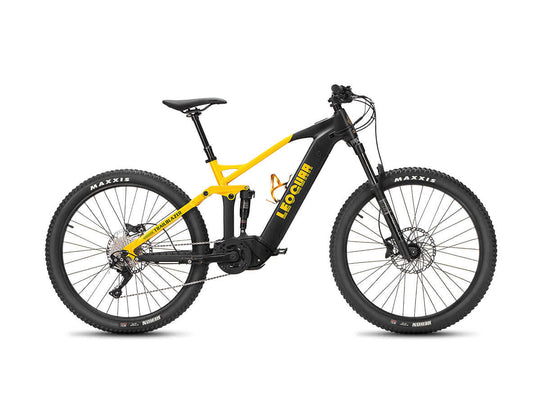



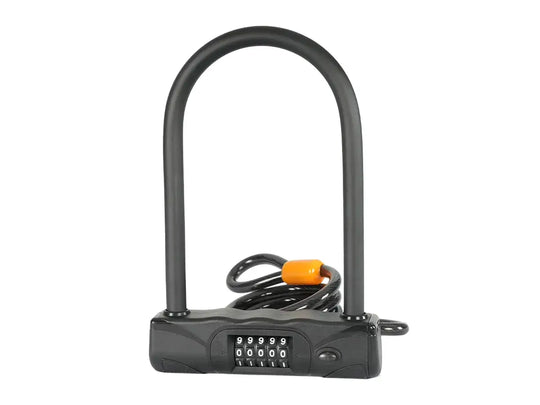
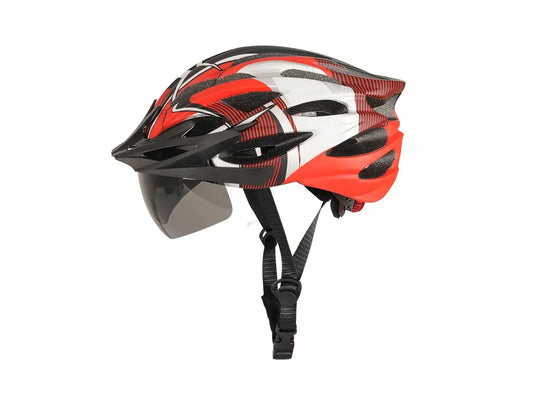
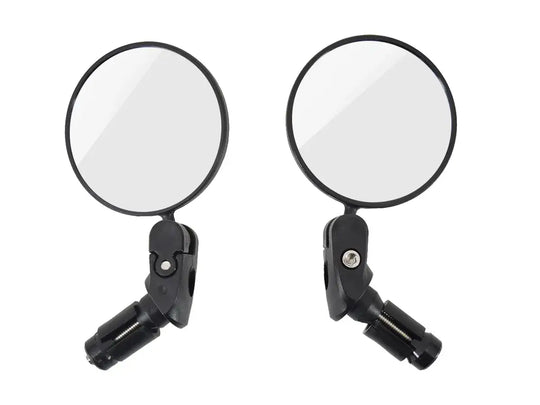

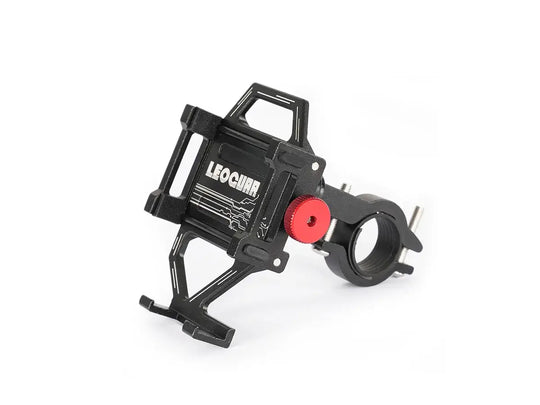
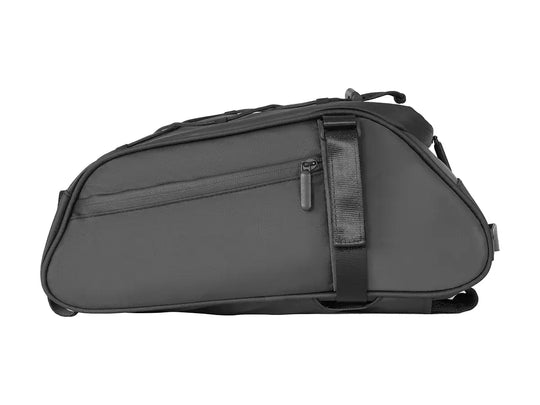
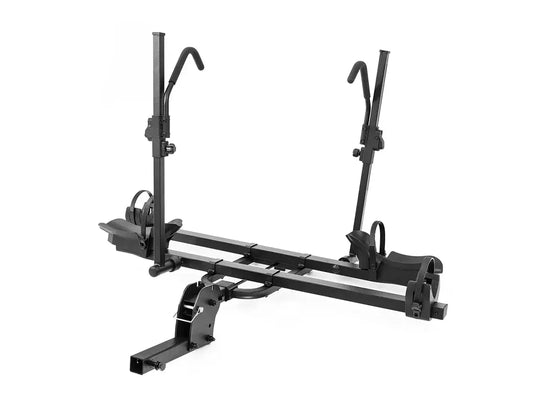
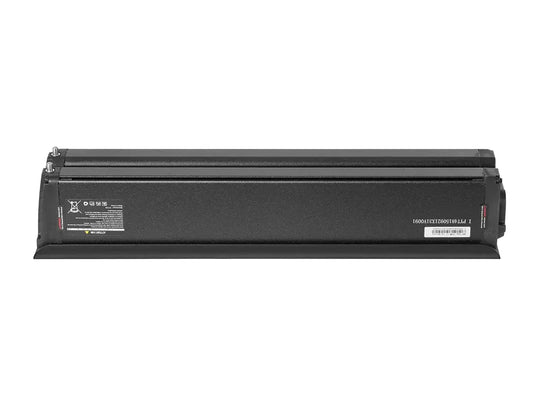
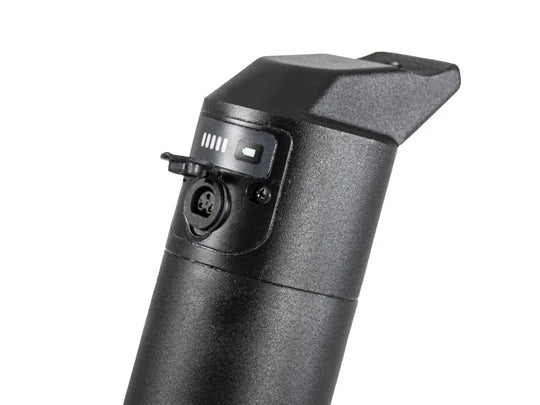
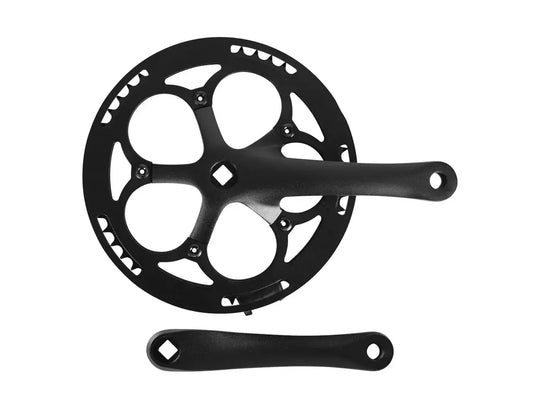
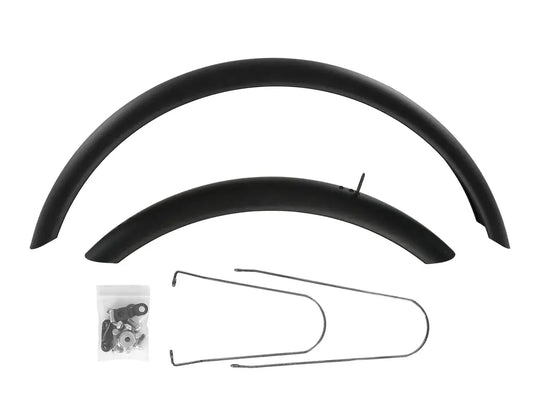
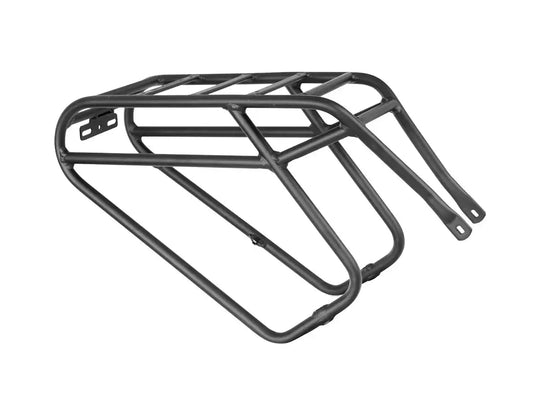
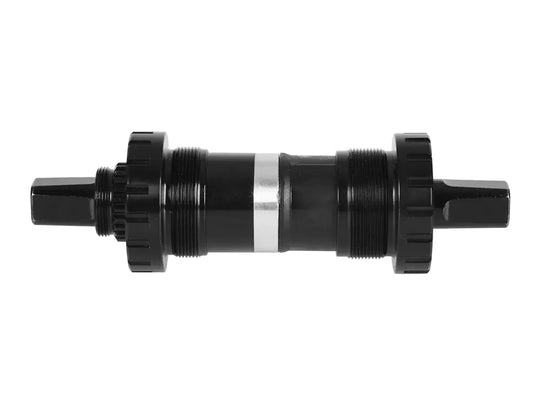
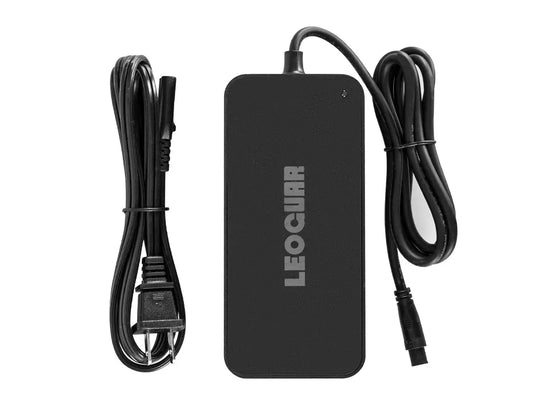
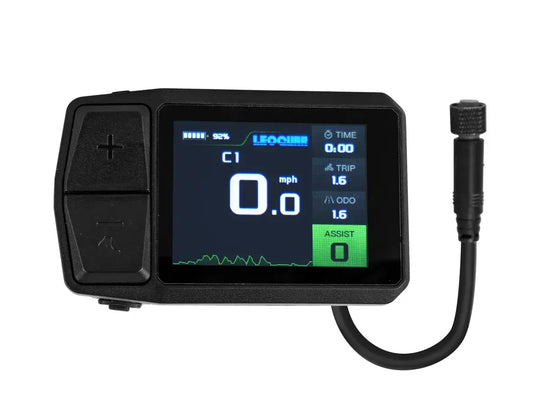








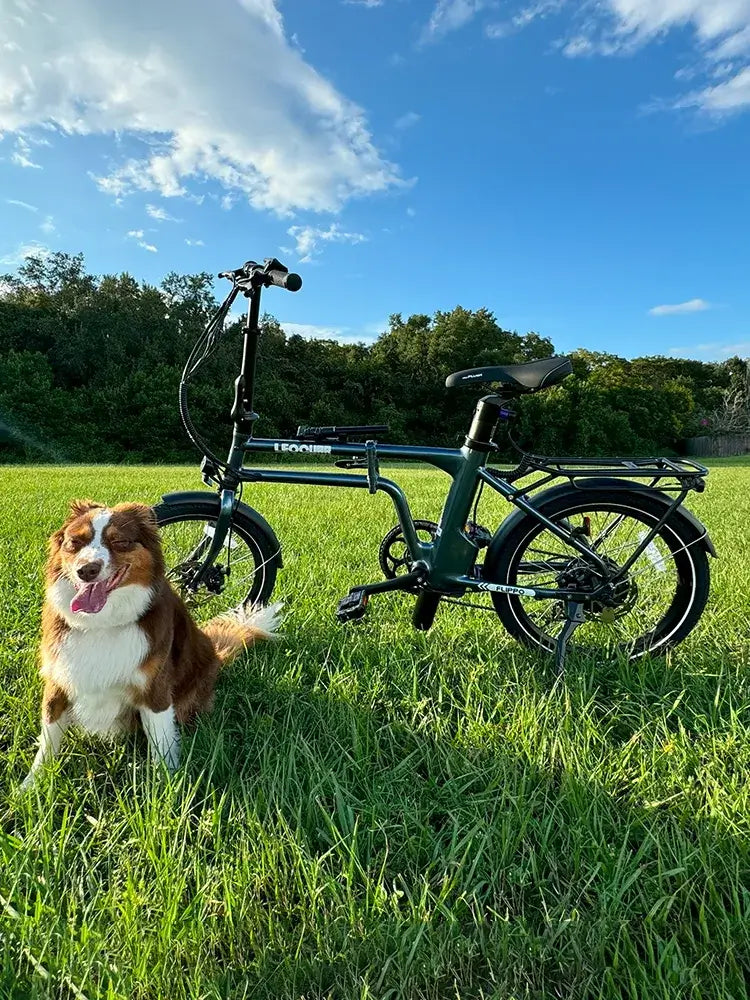









Leave a comment